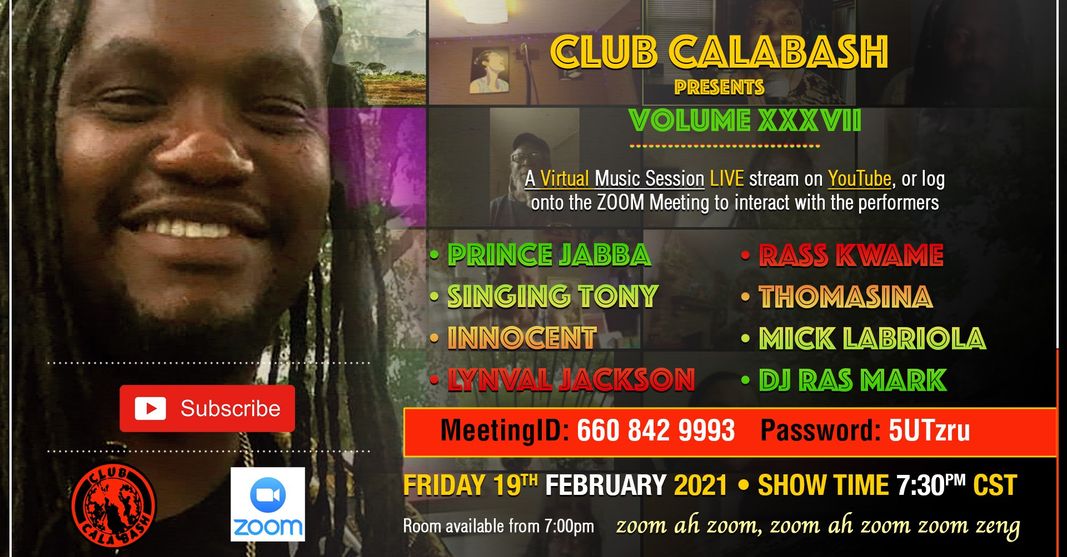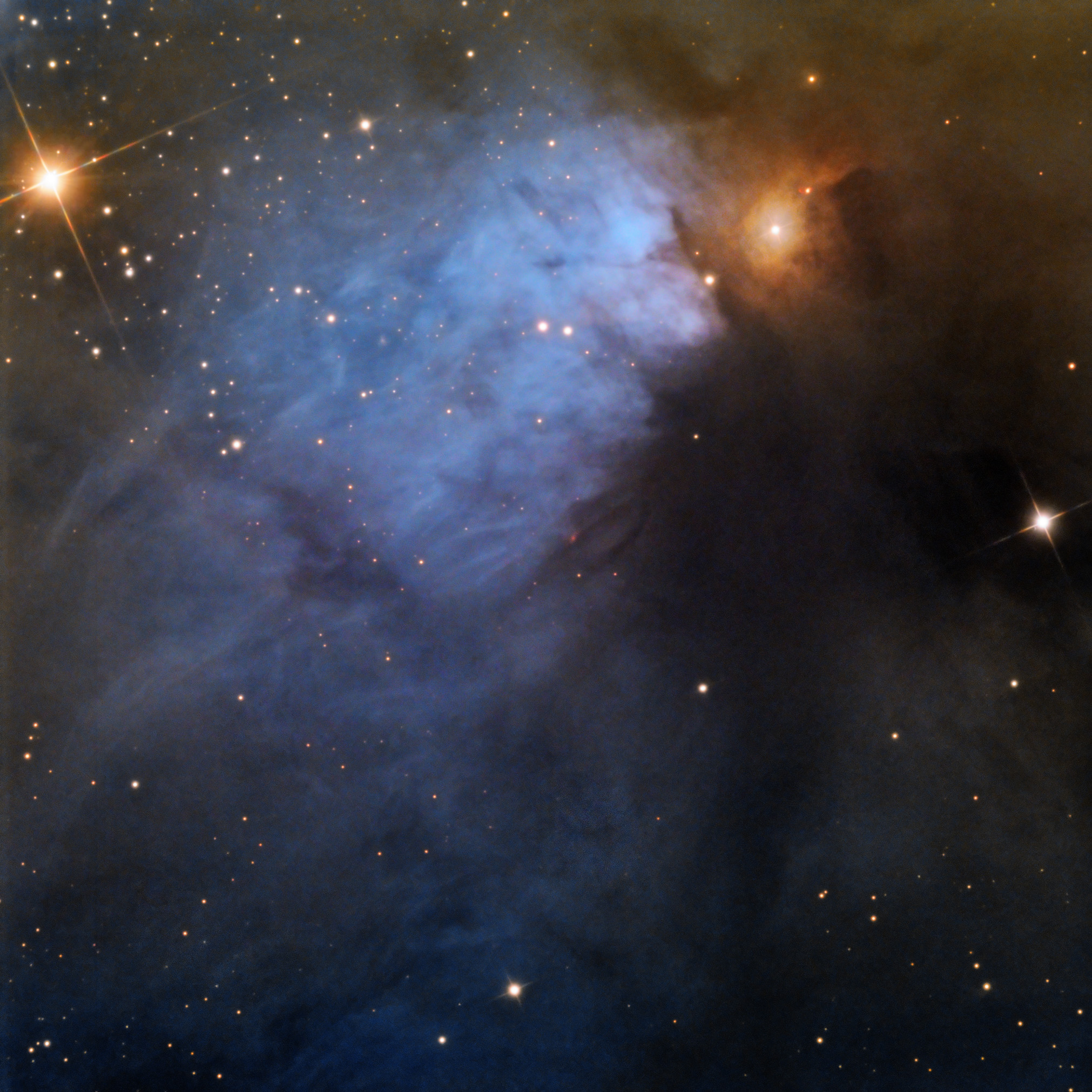Blog
Frank Isola (February 20, 1925 – December 12, 2004 in Detroit, Michigan) was an American jazz drummer.
Isola was born and raised in Detroit and was heavily influenced by Gene Krupa. He played in the U.S. military during World War II (1943–45), and then studied and performed in California with Bobby Sherwood and Earle Spencer. He then moved to New York City, where he played with Johnny Bothwell and Elliot Lawrence in 1947. Following this he played with Stan Getz (1951–53) and Gerry Mulligan (1953–54), as well as with Mose Allison, Eddie Bert, Bob Brookmeyer, Jimmy Raney, Johnny Williams and Tony Fruscella.
https://www.youtube.com/watch?v=IdJ54sfdkR8
more...Charles Kynard (20 February 1933 – 8 July 1979) was an American soul jazz/acid jazz organist born in St. Louis, Missouri.
Kynard first played piano then switched to organ and led a trio in Kansas City including Tex Johnson (flute, sax) and Leroy Anderson (drums). In 1963, he settled to Los Angeles and his band featured guitarists Cal Green and Ray Crawford, drummer Johnny Kirkwood.
more...Oscar Marcelo Alemán (February 20, 1909 – October 14, 1980) was an Argentine jazz guitarist, singer, and dancer.
Alemán was born in Machagai, Chaco Province, in northern Argentina. He was the fourth child of seven born to pianist Marcela Pereira, a native Argentine, and Jorge Alemán Morales, who played guitar in a folk quartet with his children Carlos, Juan, and Jorgelina.
At the age of six, Alemán joined the family ensemble, the Moreira Sextet, and played the cavaquinho, a chordophone related to the ukulele, before taking up the guitar. The group travelled to Buenos Aires to perform at the Parque Japonés, Nuevo Theater, and at the Luna Park. Later they toured in Brazil.
Alemán was orphaned at age of ten when his mother died and his father committed suicide. He sustained himself by working sporadically as a dancer and musician on the streets of Santos, Brazil. When he saved enough money, he bought a guitar and started to play professionally at party venues in a duo called Los Lobos with his friend, Brazilian guitarist Gastón Bueno Lobo. The duo moved to Buenos Aires in 1925 to work under contract for the comedian Pablo Palitos. In Buenos Aires, they formed a trio with violinist Elvino Vardaro. They added tango to their repertoire and recorded with Agustín Magaldi. They later played with Carlos Gardel and Enrique Santos Discépolo.
In 1929 Los Lobos and dancer Harry Fleming travelled to Europe. After the tour, Alemán stayed in Madrid to play as a soloist. In the 1930s he discovered American jazz through the music of Eddie Lang and Joe Venuti. He then moved to Paris, where he was hired by Josephine Baker to lead her band, the Baker Boys, at the Cafe de Paris, providing him an opportunity to play regularly with American musicians who would come to see Baker and perform with her band. In Paris he met Django Reinhardt, for whom he would sometimes substitute.
more...James Edwards Yancey (February 20, 1894 or 1895 or 1901 – September 17, 1951) was an American boogie-woogie pianist, composer, and lyricist. One reviewer described him as “one of the pioneers of this raucous, rapid-fire, eight-to-the-bar piano style”.
Yancey was born in Chicago. There is uncertainty over his birth year: at different times he stated 1900 and 1903, and other sources give 1894 or 1898. Researchers Bob Eagle and Eric LeBlanc suggest 1901.
His older brother, Alonzo Yancey (1897–1944), was also a pianist, and their father was a vaudeville guitarist and singer. By age ten, Yancey had toured across the United States as a tap dancer and singer, and by twenty he had toured throughout Europe. He began teaching himself to play the piano at the age of 15, and by 1915 had become a noted pianist and was already influencing younger musicians, including Meade Lux Lewis and Albert Ammons.
He played in a boogie-woogie style, with a strong-repeated figure in the left hand and melodic decoration in the right, but his playing was delicate and subtle rather than hard driving. He popularized the left-hand figure that became known as the “Yancey bass”, later used in Pee Wee Crayton‘s “Blues After Hours“, Guitar Slim‘s “The Things That I Used to Do”, and many other songs. Yancey favored keys—such as E-flat and A-flat—that were atypical for barrelhouse blues. Distinctively, he ended many pieces in the key of E-flat, even if he had played in a different key until the ending.
more...Ewart “U-Roy” Beckford, who transformed the Jamaican art of toasting, or deejaying, from a sound system phenomenon into a hit-making art form that deeply influenced generations of dancehall artists as well as the formation of early hip-hop, has died. U-Roy’s partner, Marcia Smikle, told the Jamaica Gleaner that he’d been unwell for some time; the news was also confirmed by Trojan Records. He was 78.
Respectfully referred to as The Teacher, The Originator or simply Daddy, U-Roy wasn’t the best-known name in Jamaican music among an international audience, yet exerted an incalculable influence on the development of reggae and dancehall and its offshoots, most notably hip-hop.
“This is a very sad day for Jamaica and for the dancehall genre, we lost a pioneer; he’s someone who every deejay should look up to – and I do,” Jamaican dancehall superstar Sean Paul tells NPR. “Hearing his name growing up, hearing his songs, he came with a different style; before U-Roy, no one was toasting on records and filling in the blanks.” Sean’s own vocal contributions to Sia’s 2016 No. 1 hit “Cheap Thrills” bears U-Roy’s influence, he says. “The little ad libs on that record, the budda-bang-bang, I learned that from him,” offers the platinum-selling and Grammy-winning artist. “He pioneered the way for someone like myself to do what I do.”
more...mick will perform his arrangements of Dylan, the Crickets and the Pogues, Along with a UB40 tune.

NGC 7380 is a young open cluster of stars in the northern circumpolar constellation of Cepheus, discovered by Caroline Herschel in 1787. The surrounding emission nebulosity is known colloquially as the Wizard Nebula, which spans an angle of 25′. German-born astronomer William Herschel included his sister’s discovery in his catalog, and labelled it H VIII.77. The nebula is known as S 142 in the 1959 Sharpless catalog (Sh2-142). It is extremely difficult to observe visually, usually requiring very dark skies and an O-III filter. The NGC 7380 complex is located at a distance of approximately 8.5 kilolight-years from the Sun, in the Perseus Arm of the Milky Way.
The cluster spans ~20 light-years (6 pc) with an elongated shape and an extended tail. Age estimates range from 4 to 11.9 million years. At the center of the cluster lies DH Cephei, a close, double-lined spectroscopic binary system consisting of two massive O-type stars. This pair are the primary ionizing source for the surrounding H II region, and are driving out the surrounding gas and dust while triggering star formation in the neighboring region. Of the variable stars that have been identified in the cluster, 14 have been identified as pre-main sequence stars while 17 are main sequence stars that are primarily B-type variables.

Marc Seales is an American jazz pianist associated with post-bop. Born: February 19, 1963 (age 58 years)
As a Professor of Jazz Piano at the University of Washington in Seattle, Seales has worked with Benny Carter, Howard Roberts, Bobby Hutcherson and Art Pepper. His groups include New Stories and the Marc Seales Quartet. Seales won the Earshot Jazz Golden Ear Award for Best Instrumentalist in 1999. His song ‘Highway Blues’, was included by default in Windows XP, along with Beethoven’s 9th Symphony, where it gained much fame.
more...William “Smokey” Robinson Jr. (born February 19, 1940) is an American singer, songwriter, record producer, and former record executive. Robinson was the founder and front man of the Motown vocal group the Miracles, for which he was also chief songwriter and producer. He led the group from its 1955 origins as “the Five Chimes” until 1972, when he announced his retirement from the group to focus on his role as Motown’s vice president. However, Robinson returned to the music industry as a solo artist the following year. After the sale of Motown Records in 1988, Robinson left the company in 1990.
Robinson was inducted into the Rock and Roll Hall of Fame in 1987, and was awarded the 2016 Library of Congress Gershwin Prize for his lifetime contributions to popular music.
William Robinson Jr. was born to an African-American father and a mother of African-American and French ancestry into a poor family in the North End area of Detroit, Michigan, United States. His ancestry is part Nigerian, Scandinavian, Portuguese, and Cherokee. His uncle Claude gave him the nickname “Smokey Joe” when he was a child. He attended Northern High School, where he was above average academically and a keen athlete, though his main interest was music, and he formed a doo-wop group named the Five Chimes. At one point, he and Aretha Franklin lived several houses from each other on Belmont; he once said he knew Franklin since she was about five.
more...Louis “Kid Shots” Madison (19 February 1899, New Orleans – September 1948, New Orleans) was an American jazz cornetist. Madison was born in New Orleans on 19 February 1899. He studied cornet under David Jones, Louis Dumaine, and Joe Howard. In 1915, he was the drummer in the Colored Waif’s Home band with Louis Armstrong. In 1923, he played second cornet with the Tuxedo Brass Band. During the 1930s, he played with the WPA brass band. In the 1940s, he played with the New Orleans Eureka Brass Band.
In January 1948, Madison suffered from a stroke and died eight months later.
more...Alegrías ([aleˈɣɾi.as]) is a flamenco palo or musical form, which has a rhythm consisting of 12 beats. It is similar to Soleares. Its beat emphasis is as follows: 1 2 [3] 4 5 [6] 7 [8]9 [10] 11 [12]. Alegrías originated in Cádiz. Alegrías belongs to the group of palos called Cantiñas and it is usually played in a lively rhythm (120-170 beats per minute). The livelier speeds are chosen for dancing, while quieter rhythms are preferred for the song alone. One of the structurally strictest forms of flamenco, a traditional dance in alegrías must contain each of the following sections: a salida (entrance), paseo (walkaround), silencio (similar to an adagio in ballet), castellana (upbeat section) zapateado (Literally “a tap of the foot”) and bulerías. This structure though, is not followed when alegrías are sung as a standalone song (with no dancing). In that case, the stanzas are combined freely, sometimes together with other types of cantiñas.
more...https://www.youtube.com/watch?v=0zSWqJGTa-I
more...Bobby Taylor, American singer & producer who discovered “The Jackson 5” (Motown Records), born in Washington, D.C. (birth year contested-1939) (d. 2017)
more...This little blue nebula is so inconspicuous, it is often overlooked in favor of bigger and brighter nebulae. Found among a rich field of nebulae within the constellation of Taurus, it’s extremely rare to see it isolated—let alone in such gloriously high-resolution.
Called Cederblad 30 (otherwise known as LBN 782, with LBN standing for Lynds Bright Nebula), this small fan-shaped region is classified as a reflection nebula, and given the dark underpinning of its surrounding—it’s like a glimmer of light in a smoky, black pit (it really, really is). Running around and through Cederblad 30 are numerous dark nebulae, which aren’t clear in this particular image.
I wasn’t able to find too much information about this one either (which seems to be happening a lot these days), but I did stumble upon something that talked about Cederblad 30 often being mistaken for IC 359, and the mix-up goes all the way back to the days in which Edwin Hubble was compiling his deep sky catalog.

Irma Thomas (born February 18, 1941) is an American singer from New Orleans. She is known as the “Soul Queen of New Orleans”.
Thomas is a contemporary of Aretha Franklin and Etta James, but never experienced their level of commercial success. In 2007, she won the Grammy Award for Best Contemporary Blues Album for After the Rain, her first Grammy in a career spanning over 50 years.
Born Irma Lee, in Ponchatoula, Louisiana, United States, as a teenager she sang with a Baptist church choir. She auditioned for Specialty Recordsat the age of 13. By the time she was 19, she had been married twice and had four children. Keeping her second ex-husband’s surname, she worked as a waitress in New Orleans, occasionally singing with bandleader Tommy Ridgley, who helped her land a record deal with the local Ron label. Her first single, “Don’t Mess with My Man”, was released in late 1959, and reached number 22 on the US Billboard R&B chart.
She then began recording on the Minit label, working with songwriter and producer Allen Toussaint on songs including “It’s Raining” and “Ruler of My Heart”, which was later reinterpreted by Otis Redding as “Pain in My Heart”. Imperial Records acquired Minit in 1963, and a string of successful releases followed. These included “Wish Someone Would Care”, her biggest national hit; its B-side “Breakaway“, written by Jackie DeShannon and Sharon Sheely (later covered by Tracey Ullman, among others).
more...Buddy Cage (February 18, 1946 – February 5, 2020) was an American[2] pedal steel guitarist, best known as a longtime member of the New Riders of the Purple Sage. Popular both as a performer and session musician, he played with many bands and recording artists, including Anne Murray, Bob Dylan, Brewer & Shipley, David Bromberg, and the Zen Tricksters.
Buddy Cage learned to play pedal steel guitar at a young age. By the mid-1960s he was working as a professional musician, both onstage and as a session player for the Arc Records label.When the folk music duo of Ian and Sylvia decided to go electric in 1969, he joined their band, known as the Great Speckled Bird. Great Speckled Bird was part of the Festival Express concert tour in 1970. From 1969 to 1972, Cage also recorded four albums with Anne Murray, and one album with Brewer & Shipley.
It was on the Festival Express tour that the New Riders of the Purple Sage became acquainted with Cage. The New Riders were a psychedelic influenced country rock band that had been founded by Jerry Garcia of the Grateful Dead, along with John Dawson and David Nelson. The New Riders and the Dead would perform concerts together, with Garcia playing pedal steel for the New Riders, then playing electric guitar and singing with the Dead.
more...De De Pierce (February 18, 1904 – November 23, 1973) was an American jazz trumpeter and cornetist. He is best remembered for the songs “Peanut Vendor” and “Dippermouth Blues”, both with Billie Pierce.
Pierce was born Joseph De Lacroix Pierce in New Orleans, Louisiana, United States. Pierce’s first gig was with Arnold Dupas in New Orleans in 1924. During his time playing in city nightclubs, he met Billie Pierce, who became his wife as well as a musical companion; the two were the house band at the Luthjens Dance Hall from the 1930s through the 1950s. They released several albums together but stopped performing in the middle of the 1950s due to illness, which left De De Pierce blind. By 1959 they had returned to performing, and De De Pierce toured with Ida Cox and played with the Preservation Hall Jazz Band, before further health problems ended his career. He died in November 1973, at the age of 69.
more...More Posts
- Jonah Jones
- John Kirby
- World Music Trio Mandili
- Daily Roots Bunny Wailer
- New Year Unfolding 2023/24
- Cosmos Sh2-92
- Patti Smith
- John Hartford
- Bo Diddley
- Stan Tracey
- World Music Mussa Diabaté
- Daily Roots Alton Ellis
- Temple Israel Erev Shabbat Service
- Cosmos Sh2-119
- Joe Lovano
- Marianne Faithfull
- Rick Danko
- Matt Guitar Murphy
- Flamenco Fridays Tomatito con Alegrias
- Daily Roots Count Matchuki